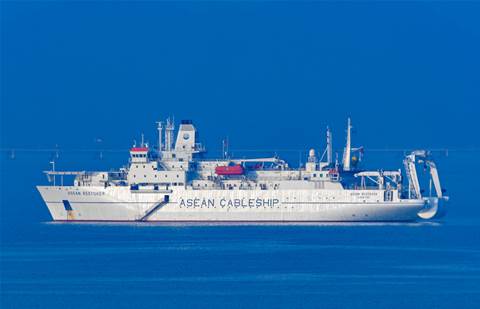Connectivity and managed services provider Superloop has taken a sizable hit to its bottom line despite steady revenue growth and strong earnings.
In its FY2021 financial results, the company revealed its profit was impacted by costs related to the Indigo subsea cable, specifically depreciation and amortisation costs of $42.9 million, up from $37.5 million in FY2020.
The cost contributed to Superloop’s overall loss after tax of $31.2 million, impacting an otherwise positive financial year.
The company reported a 3 percent year over year increase in revenue from $107.6 million to $110.7 million, and a 35 percent bump to EBITDA from $13.5 million to $18 million.
The company credited growth in its core connectivity revenue and consumer home broadband subscribers for the growth, offsetting declines in Guest Wi-Fi due to COVID-19’s impact on student accommodation and the hotel sector, as well as the planned retirement of non-core cloud managed services products.
“Superloop continues to monitor operational and financial implications closely and expects Guest Wi-Fi revenues to gradually recover once borders are reopened,” the company’s announcement read.
“It is not possible to predict the length of time our business will be impacted by COVID-19.”
Completed in 2019, the Indigo subsea cable connects Singapore, Indonesia and Australia through a network of underwater cables. Superloop joined the consortium in charge of the build after it acquired Brisbane-based SubPartners in 2017.
The cable provides Superloop access to dedicated fibre spectrum capable of supporting initial capacity of at least 4.5 terabits per second.
Looking ahead, the company said it is focused on monetising the cable and increasing utilisation to deliver a return on investment, including investments in connectivity solutions.
Superloop added that growth in transmission and storage of data should underpin a likely demand for services provided across Asia Pacific.
“The board continues to evaluate further investment in expansion opportunities in the region, based on underlying market dynamics and demand for connectivity and managed services.”












.jpg&w=100&c=1&s=0)
_(8).jpg&w=100&c=1&s=0)









